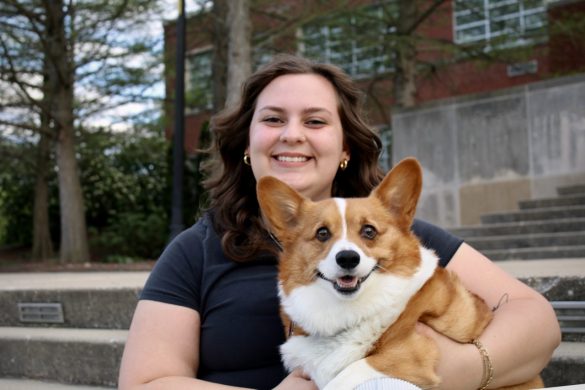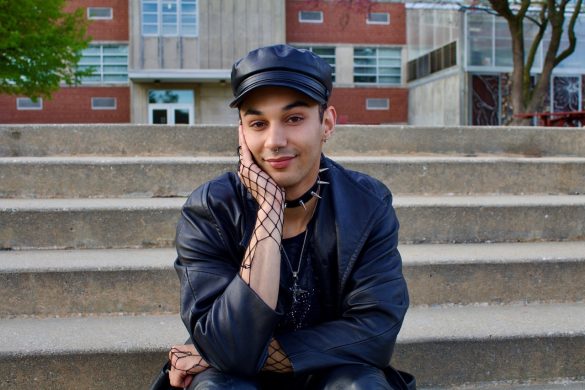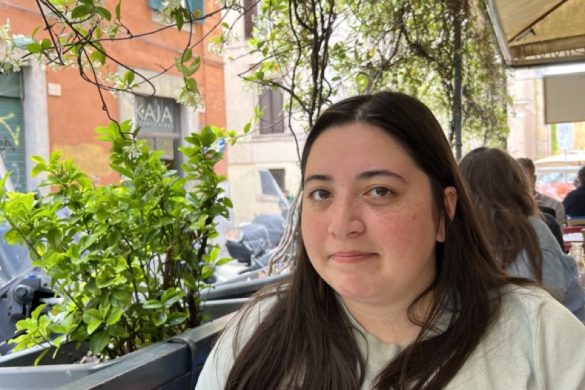The Red Line, an IndyGo bus system designed for rapid transit service throughout Indianapolis, began construction in 2018 and service began in 2019, according to MidtownIndy. University of Indianapolis students are able to ride the Red Line at a stop located on Shelby St. and go 13 miles all the way to 66th St. and back to the University of Indianapolis, according to IndyGo. MidtownIndy said that, throughout most of the day, riders can expect buses to arrive every 10 minutes for 20 hours each day every day of the week.
The idea behind the Red Line is sensible, for it connects many different Indianapolis hotspots such as Fountain Square, Broad Ripple and downtown Indianapolis in one bus route for an affordable fare (college students can purchase the S-Pass for $30 to have access to all IndyGo buses for 31 days). The convenience behind the idea of a transit system like this is difficult to argue against; however, the buses came with other problems. For example, problems with buses arriving at irregular intervals were reported as soon as the Red Line’s first year of operation. According to the Indianapolis Star, bus riders complained about buses arriving one after the other or 30 to 40 minutes late. Others said a bus never came to their stop, or that buses passed riders by standing on the platform.
In 2022, WishTV reported that IndyGo is undergoing station enhancements such as rub rails to protect buses, removing concrete pads that have cracked under the weight of the buses and repairing damaged asphalt. Repairs will cost $5,147,025.38, according to WishTV. Not to mention that the creation of the Red Line came with Red Line dedicated lanes that confused drivers, causing three incidents between motorists and buses early in its implementation, according to the IndyStar. However, it is important to note that these particular accidents occurred on Capitol Avenue where buses have both a northbound and southbound lane right next to one another; IndyGo planned to install more signage as a result of the confusion, according to the IndyStar.
With all of the changes and construction happening around Indianapolis, why was this not thought of earlier? According to crowd-sourced data reported by WFYI, Indiana’s roads were ranked third worst out of 37 states. It was an oversight, considering this data is from 2018, when Red Line construction began, not to think of our current road conditions before introducing a slew of new, heavy machinery on already stressed asphalt. Additionally, it seems as if IndyGo built these platforms to sustain different buses, for the repairs needed on them are from the buses themselves.
City-County Councilor Brian Mowery said in a FOX59 article that it is very disappointing to have to redo millions of dollars and resources worth of work in order for the buses to operate smoothly. An IndyGo statement said that they are learning how Indianapolis’ “aging infrastructure” reacts to heavy buses running over the same lanes again and again, according to FOX59. To me, it seems like common sense to assume that aging infrastructure would not be able to sustain heavy buses running over and over the same route for 20 hours a day every day. The convenience is there. The idea is there. But, unfortunately, the logistics are not.








